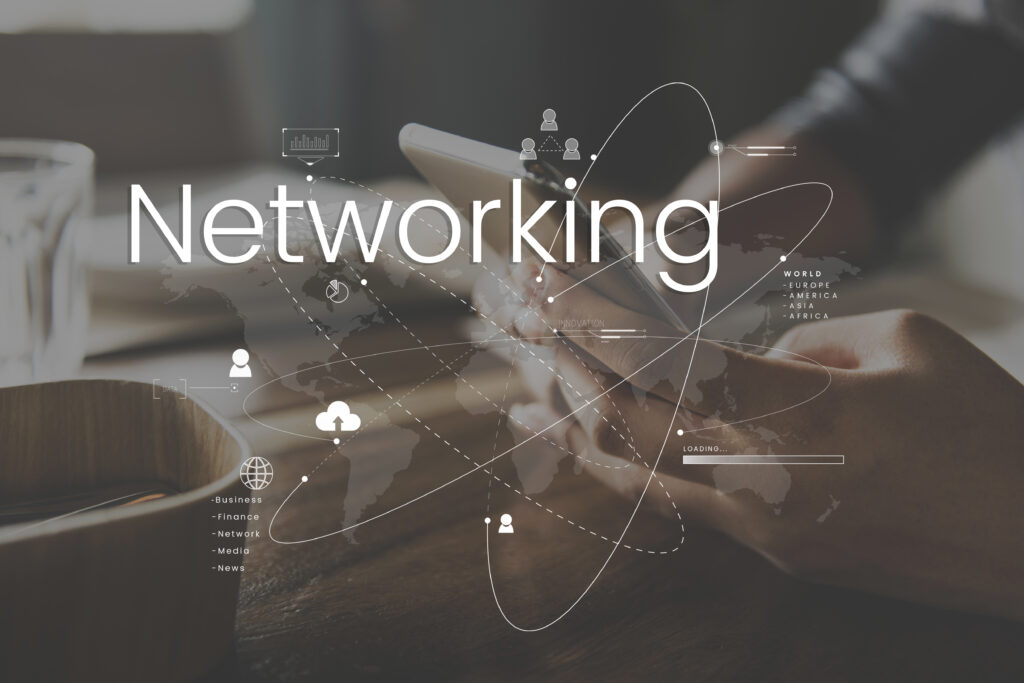Remember Registration With The SAM Directory Is The Vital First Step

SAM stands for System Award Management.
To do any business with the federal government, you must register your business in the System for Award Management directory. The government will not hire any type of business (large or small) that has not registered in SAM. Sam Directory will help guide you through this process so you can spend your time preparing to win these lucrative government contracts.
Please read one of the helpful blog articles on our site like Everything You Need to Know About SAM for Small Businesses. These blogs will help give you all the information you need to understand how we can help make the process very easy for you.
Convey What Makes You Stand Out From The Crowd
You should also include what makes you unique from your competitors. Make sure you do not mention your competition by name or say negative things about them in general. Being classy is always a great way to make a good first impression.
Instead, you should focus on what makes you different and how the agency can benefit from your particular company. It also makes the listener aware that you have knowledge of the industry and makes you less likely to be caught off guard by industry-related questions.
Networking Is Always Important

Sometimes the hardest step is getting your foot in the door. Networking is extremely important when trying to secure government contracts. An organization that hosts networking and training events throughout the year both nationally and locally is the Small Business Administration (SBA). These events are usually no cost to business owners and can offer a treasure trove of information about how to obtain contracts from various agencies.
Remember To Be Clear And Concise
Do not spend too much time trying to explain complex terminology that is very industry-specific. The elevator pitch should be so simple that any random person of the street can understand exactly what you are trying to convey. This is important because it makes sure that you keep the attention of the listener, no matter what their level of expertise.
Practice Makes Perfect
Now that you have a short clear and concise message, it is time to practice in front of the mirror. Many people find talking to themselves in front of a mirror to be silly and unpleasant. However, this is the best way to really learn your elevator pitch until it becomes second nature. It will help you with things like smiling at the right moment and making pleasant eye contact.
Practice until you totally eliminate awkwardness and the words like “umm” from the elevator pitch. Make sure that you speak with enthusiasm in your voice. You want to make sure the listener understands the passion you feel for your business and make it sound very natural and organic.
Be Prepared To Give An Oral Presentation

Oral presentations are very common for companies who want to work for the United States government. This is not going to be your typical audience. You might not get the greeting and niceties that usually come with this type of business meeting. The government employees are not allowed to react to anything that is said. You should be used to seeing no feedback until the question and answer period.
The Three Steps
All federal government presentations have three distinct informational phases:
- The people who will work on the project
- The project’s management
- The company’s problem-solving abilities.
People
The first phase is when you will talk about the team that will be working on the project. You need to mention the key hands-on personnel who will be directly involved and working with the government.
This is not the time to just name off people and recite their resumes. You have already listed each person’s qualifications, background, education, and experience in the written proposal. Now your company needs to give the federal government true insight into the people who are going to be performing essential tasks.
Have the key team members speak for themselves. Let the government get to really know about how passionate and motivated your people are to win this particular contract. This is the time to bring up any special skills or experience that can not be easily gleaned from a piece of paper. Many companies that present orals to the federal government never go beyond what they supplied in the written proposal, which is a great way to be forgotten.
Project Management
It is important to highlight these considerations into the next phase:
- How is your organization set up?
- How are you set up to handle problems?
- Who are the players who handle problems?
- How does your organization fit together?
- How do you draw on other strategic alliances or subcontractors?
- How does everyone, internally and externally, work together?
- What are some of your established processes?
- Tell them how you handled similar projects.
This is where you explain how your past experiences have prepared you for success in the present circumstances. Do not present this material in a manner that could be boring or humdrum. Your company really needs to exude excitement about the organization and show your passion for the project. You need to talk about not only each individual’s commitment to the project but also how the organization as a whole and the management team is committed to ensuring the highest quality of performance.
Problem Solving

This is the most important phase of the whole presentation and the place where organizations often lose the most points.
The problem-solving phase will consist of the federal government will present you with a possible problem, give you some time to discuss the problem, and ask questions, and then they’ll watch how you solve the problem. You should realize that the federal government doesn’t care what your final solution is; they care about your approach to the problem. They’re watching how you solve problems and how you work together as a team. You should practice problems solving simulations on a daily basis at least two weeks before you head into the presentation. The more you practice problem-solving, the better you’ll do as a team.